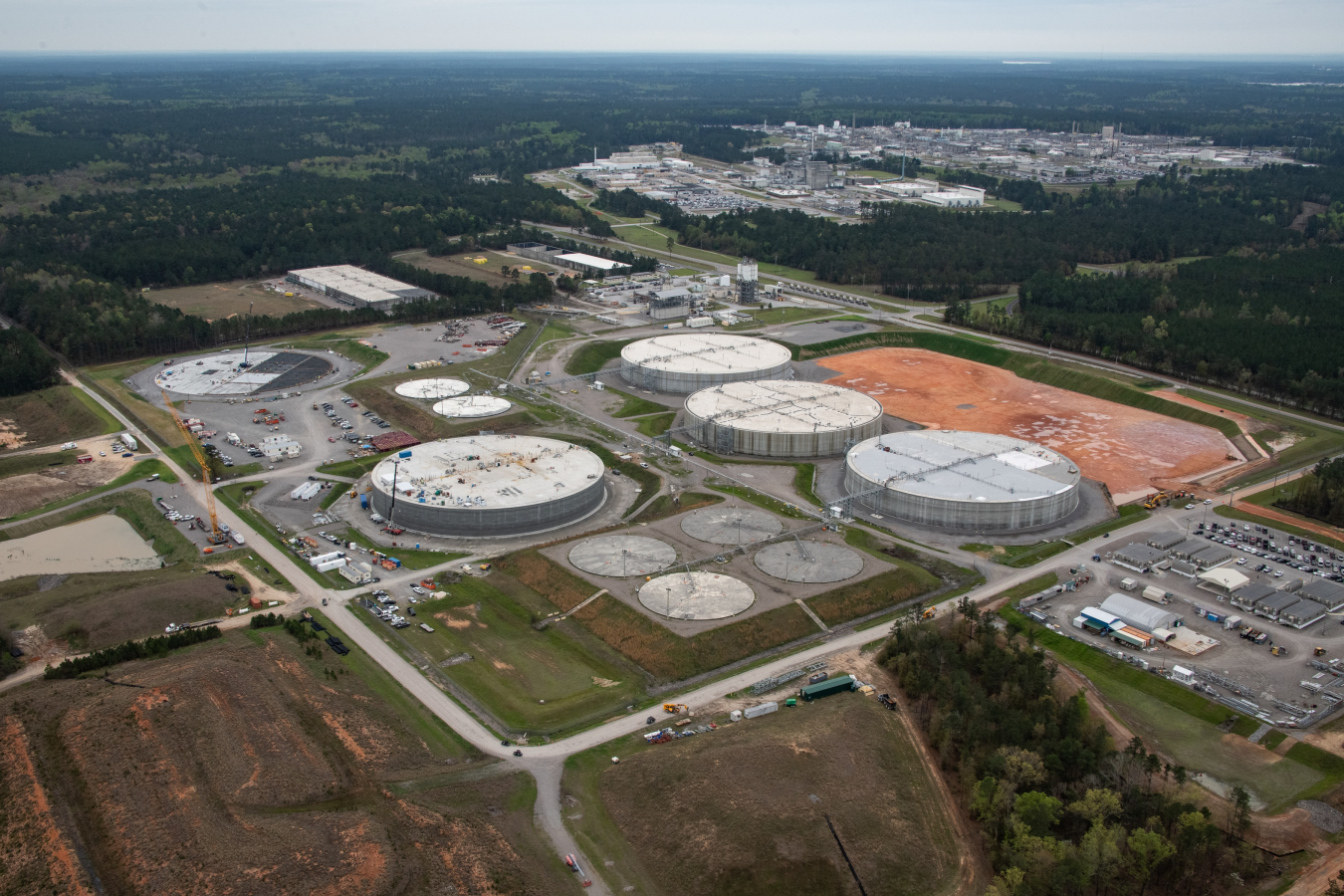Industrial Wastewater Treatment: Custom Solutions for Complex Wastewater Obstacles
Industrial Wastewater Treatment: Custom Solutions for Complex Wastewater Obstacles
Blog Article
How Liquid Waste Disposal Functions: An In-depth Summary of Techniques and Technologies Utilized

Review of Fluid Waste Kind
The intricacy of liquid waste types demands an extensive understanding of their features and effects for disposal. Liquid waste can extensively be classified into several kinds, consisting of industrial, metropolitan, agricultural, and contaminated materials. Each group exhibits unique buildings, needing specific monitoring techniques to mitigate environmental and wellness dangers.
Industrial fluid waste originates from making processes and typically contains a range of pollutants, such as heavy metals, solvents, and natural compounds. Community fluid waste, largely comprising wastewater from households and industrial facilities, includes raw material, nutrients, and virus (industrial wastewater treatment). Agricultural liquid waste, consisting of runoff from ranches, may include fertilizers, pesticides, and pet waste, positioning risks to water quality and ecosystems
Hazardous fluid waste is identified by its toxicity, reactivity, or prospective to trigger damage. Comprehending these diverse liquid waste types is critical for creating efficient disposal approaches and ensuring conformity with environmental regulations.
Physical Therapy Approaches

Testing is the preliminary step, where bigger bits and debris are gotten rid of from the liquid waste utilizing screens or grates. In sedimentation containers, larger bits work out at the base, developing a sludge layer, while the cleared up liquid can be additional treated.
Filtration is another crucial method that includes passing the fluid with permeable materials, such as sand or membranes, to record smaller bits. This step improves the high quality of the fluid, making it appropriate for subsequent therapy processes.

Chemical Treatment Strategies
Chemical treatment methods are essential for successfully managing liquid waste, particularly in dealing with liquified and colloidal pollutants that physical methods may not effectively remove. These techniques use various chemical agents to counteract, speed up, or transform dangerous materials into much less damaging types.
One usual method is coagulation and flocculation, where chemicals such as alum or ferric chloride are included in advertise the aggregation of suspended particles. This procedure boosts sedimentation, enabling less complicated removal of the resulting sludge. Additionally, oxidation procedures, utilizing representatives like chlorine or ozone, are utilized to damage down complex natural substances and microorganisms, making the waste more secure for discharge or further therapy.
Neutralization is another essential method, which readjusts the pH of acidic or alkaline waste streams to neutral levels, stopping possible damage to downstream systems and the setting. Additionally, progressed oxidation procedures (AOPs) utilize combinations of oxidants and ultraviolet light to degrade consistent toxins, attaining a higher degree of treatment effectiveness.
Biological Therapy Procedures
Organic therapy procedures play a vital duty in the administration of liquid waste by making use of microbes to decompose raw material and decrease impurity levels. These processes can be generally categorized into aerobic and anaerobic therapies, each employing details microbial neighborhoods to achieve reliable waste degradation.
Cardiovascular therapy includes making use of oxygen to facilitate the malfunction of organic products by bacteria. This procedure is generally implemented in turned on sludge systems, where oygenation containers offer a favorable environment for microbial development, leading to the oxidation of organic pollutants. The resultant biomass can be separated from treated effluent with sedimentation.
On the other hand, anaerobic therapy happens in the lack of oxygen, relying on different bacteria to break down raw material. This method is particularly useful for high-strength waste, as it produces biogas, a renewable energy resource, while lowering sludge production. Technologies such as anaerobic digesters are regularly employed in community and industrial applications.
Both anaerobic and aerobic organic therapies not only minimize the environmental impact of fluid waste yet also assist in resource recovery, making them vital components of sustainable waste administration methods. Their performance, effectiveness, and adaptability support their widespread application across various sectors.
Emerging Technologies in Disposal
Ingenious strategies to liquid garbage disposal are rapidly advancing, driven by innovations in innovation and an increasing focus on sustainability. Amongst these emerging technologies, membrane bioreactors (MBRs) have actually gotten traction for their capacity to incorporate organic therapy with membrane layer filtration, resulting in top notch effluent that can be liquid waste disposal melbourne reused in numerous applications. MBRs allow smaller sized footprints and extra effective operations contrasted to conventional systems.
An additional appealing development is the usage of anaerobic digestion incorporated with nutrient recuperation technologies, which not just deals with fluid waste yet additionally creates biogas and recoups useful nutrients like nitrogen and phosphorus. This double benefit improves resource effectiveness and decreases environmental effect.
Furthermore, advanced oxidation procedures (AOPs) are being taken on for the degradation of intricate natural contaminants. These approaches make use of effective oxidants and drivers to damage down impurities at the molecular degree, supplying an extremely reliable solution for challenging waste streams.
Additionally, the integration of man-made knowledge and artificial intelligence in waste administration systems is enhancing operational effectiveness and anticipating upkeep, bring about decreased prices and enhanced environmental compliance. These modern technologies mirror a considerable shift towards more effective and sustainable liquid waste disposal practices.
Final Thought
In final thought, efficient fluid waste disposal necessitates a detailed understanding of various techniques and technologies. By constantly progressing these techniques, it comes to be possible to resolve the expanding challenges associated with fluid waste, eventually contributing to ecological defense and source recuperation.
Liquid waste disposal is an essential aspect of ecological monitoring, needing an extensive understanding of numerous methods and innovations customized to different waste kinds. Liquid waste can generally be classified into several kinds, consisting of commercial, local, agricultural, and dangerous waste. Agricultural liquid waste, consisting of overflow from ranches, may include fertilizers, pesticides, and animal waste, presenting dangers to water quality and communities.
Various physical therapy techniques play a crucial function in handling liquid waste effectively - industrial wastewater treatment.In final thought, reliable fluid waste disposal requires a thorough understanding of various methods and technologies
Report this page